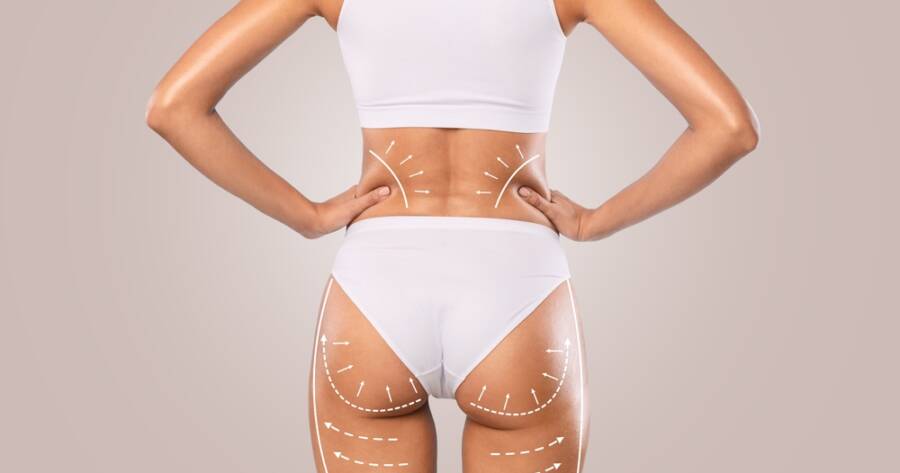Fat removal treatments have come a long way, offering effective solutions for those looking to sculpt their bodies and boost confidence. From surgical options like liposuction to non-invasive methods such as CoolSculpting, there are various approaches to target stubborn fat. Understanding the options available can help you choose the method that best fits your goals.
What is Fat Removal?
Fat removal, also known as lipolysis, is a cosmetic procedure that aims to eliminate unwanted body fat.1 This procedure can be performed through various methods, including surgical and non-surgical techniques. Surgical fat removal, such as liposuction, involves the physical removal of fat cells from the body. Non-surgical fat removal, on the other hand, utilizes techniques like laser therapy, radiofrequency, and cryolipolysis to target and destroy fat cells without the need for incisions.
Fat removal procedures are often sought by individuals who desire to achieve a more contoured and proportionate body shape. These procedures can address localized fat deposits that are resistant to diet and exercise, helping individuals attain their aesthetic goals. However, it’s important to note that fat removal procedures are not a substitute for a healthy lifestyle and should be considered as a complementary measure to a balanced diet and regular physical activity.
The Benefits of Fat Removal: A Path to Body Confidence
Fat removal procedures offer both physical and emotional benefits. For many, the most noticeable advantage is a more contoured and toned appearance in areas that may not respond to diet and exercise alone. Whether it’s the abdomen, thighs, arms, or chin, these treatments can help target stubborn fat pockets and refine body shape.
Beyond aesthetics, fat removal can boost confidence and improve self-esteem. Feeling better in your own skin can lead to increased motivation to maintain a healthy lifestyle. Some individuals also experience more comfort in their clothing and improved physical mobility, especially when fat removal helps relieve pressure on joints or reduces strain in daily activities.
Fat Removal Considerations
Before undergoing any fat removal treatment, it’s important to understand that these procedures are not substitutes for weight loss. Ideal candidates are typically within a healthy weight range but looking to target specific areas of unwanted fat. Consulting with a qualified professional helps determine if your goals align with available methods.
You’ll also want to consider recovery time, cost, and potential side effects. Surgical options like liposuction may require downtime and come with higher risks, while non-invasive treatments often need multiple sessions for optimal results. Understanding the trade-offs between speed, safety, and effectiveness can help you make an informed, confident decision.
Learn More About Fat Removal
For individuals considering fat removal procedures, it is crucial to seek comprehensive information and consult with qualified healthcare professionals. Board-certified plastic surgeons or dermatologists can provide personalized assessments, discuss suitable treatment options, and guide individuals through the entire process, ensuring safe and effective outcomes.

